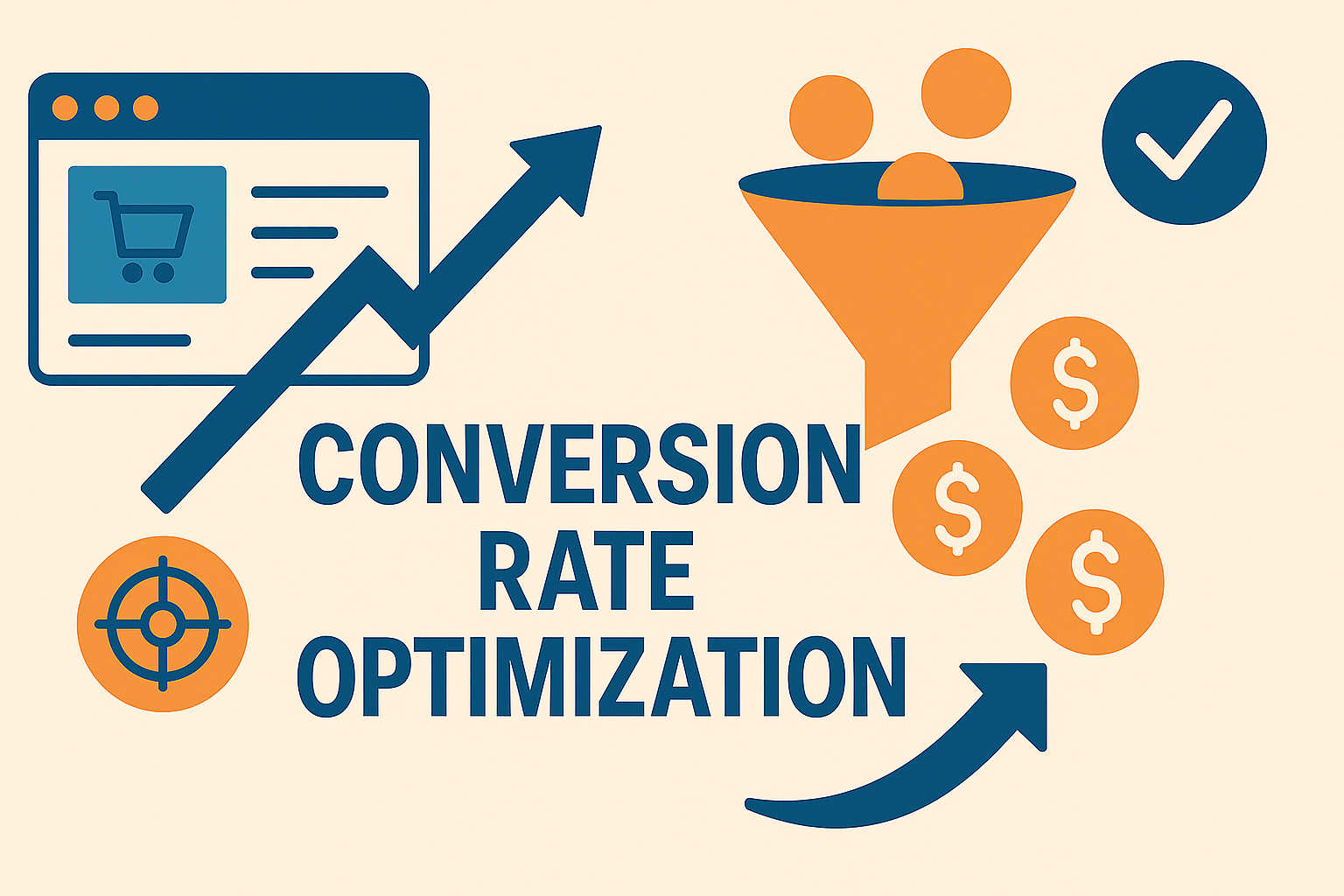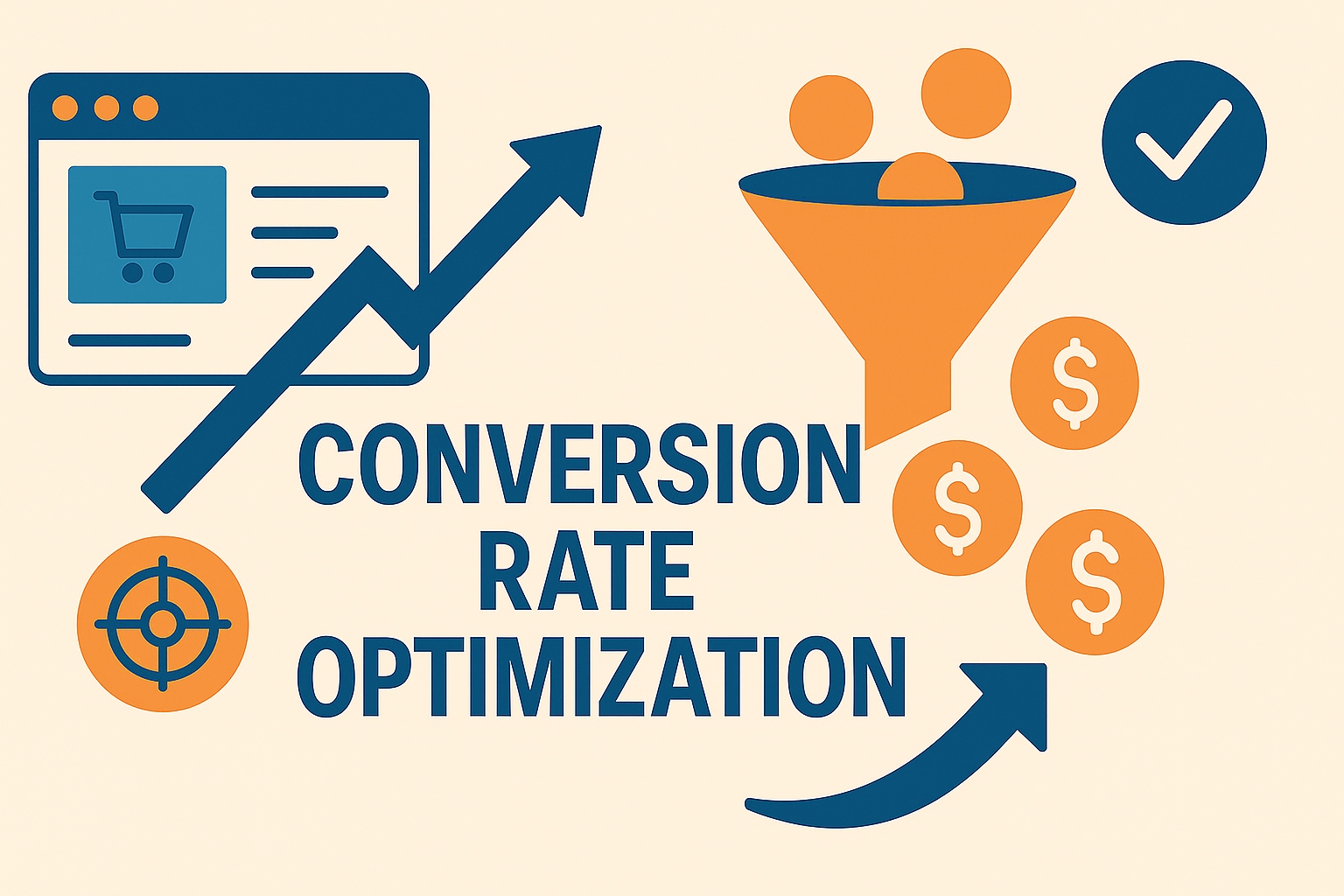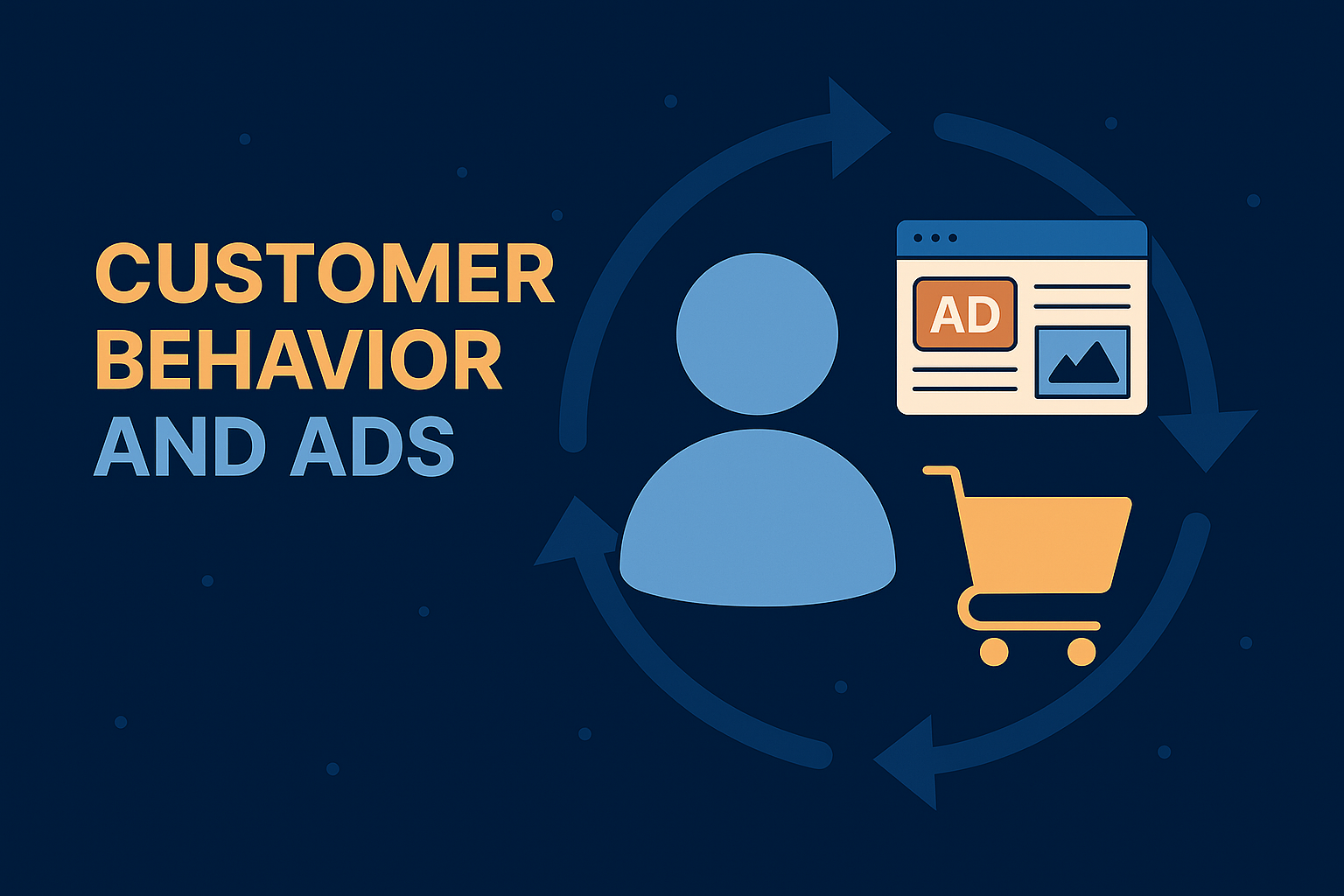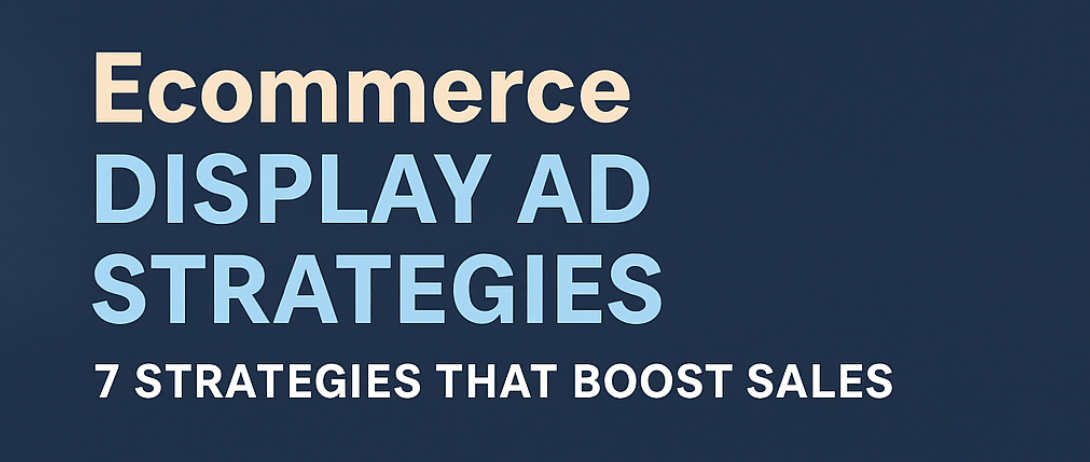The 3 Metrics That Actually Matter in Conversion Rate Optimization

Scaling revenue through CRO isn’t about chasing the highest possible conversion rate. At Ad Pros, we’ve helped brands add $1M/month in new revenue — and the CRO work that drives that kind of scale goes far beyond a single metric.
When you optimize only for conversion rate, you risk making decisions that look great in the short term but stall long-term growth. Real CRO aligns with profitability, customer value, and sustainable scaling — not just the percentage of people who click “buy.”
Conversion Rate — The Baseline
Yes, conversion rate matters. It’s the first step in the hierarchy because it’s the clearest indicator of whether your offer, page, and traffic source are aligned.
But conversion rate alone can be misleading:
- Small sample sizes can inflate results
- High conversion rate paired with low AOV can hurt profitability
- It can ignore contribution margin and lifetime value altogether
Treat conversion rate as your “check engine light,” not the end goal. It signals performance, but it’s not the whole picture.
Revenue Per Visit — The Real Driver
Once your conversion rate is stable, the next lever is revenue per visit (RPV).
RPV tells you how much money each visitor brings in on average — factoring in AOV, upsells, and product mix. Improving this metric means you’re monetizing traffic more effectively, without necessarily needing more visitors.
Ways to boost RPV:
- Test bundles and tiered offers
- Align product mix to high-margin SKUs
- Use cross-sells and post-purchase offers
There are exceptions. Sometimes, intentionally lowering AOV (like with a free-plus-shipping offer) makes sense if the back-end profitability model supports it. But all things equal, higher RPV is almost always better for scale.
Contribution Margin Per Order — The Profit King
At the top of the CRO hierarchy is contribution margin per order — or simply, profit per order.
Why? Because profit is what funds growth. You can have a great conversion rate and RPV, but if margins are thin, you’re not building a scalable growth engine.
We measure this on two timelines:
- Day 0 Profitability: How much do we make after acquisition costs on the first purchase?
- Long-Term LTV Benchmarks: Profitability after a set time frame — 1 year, 3 years, or whatever your model targets
Different brands have different benchmarks. Some want to break even on day 0 and make profit over the next 90 days. Others are fine losing money upfront if their 1-year LTV more than covers acquisition costs.
Why This Matters for Your CRO Team
Most CRO specialists — internal or agency — don’t own profitability. They optimize for the metric they’re measured on. If that’s just conversion rate, you’ll end up with misleading “wins” that don’t move the bottom line.
Your CRO team should be aligned with your P&L. That means:
- Tracking all three metrics: CVR → RPV → Contribution Margin
- Understanding acquisition math and retention patterns
- Testing offers, pricing, and funnels with profit in mind
Final Word: CRO Is About More Than Conversions
If your CRO process doesn’t factor in revenue per visit and profit per order, you’re leaving money on the table — and potentially optimizing in the wrong direction. The brands that win long-term know their hierarchy of metrics and test with a profit-first mindset.
Let’s build a system that grows your profit, not just your percentage points. Contact us today.



